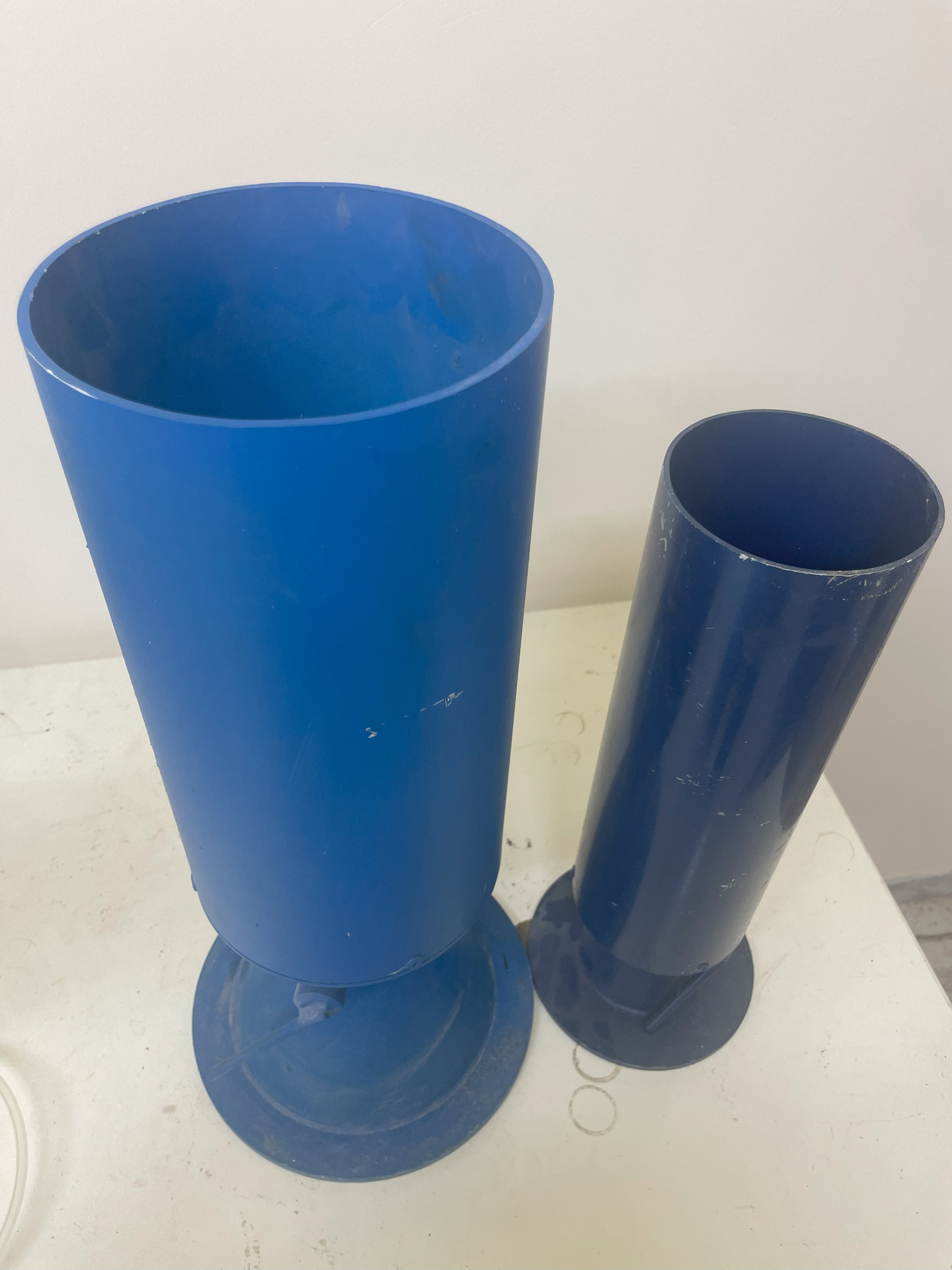Soil Laboratory

Inttratech Soil laboratory
Soil Tests
1. Particle Size Distribution
1.1 Sieve Analysis (for Coarse-grained soils)
This test determines the particle size distribution of coarse-grained soils by passing them through
a series of sieves with progressively smaller openings. It helps classify soil based on its grain
size.

1.2 Hydrometer Analysis (for fine-grained soils)
This test measures the particle size distribution of fine-grained soils using a hydrometer to
analyze the sedimentation rate of soil particles in a suspension. It is used to classify soils with
particles smaller than 75 micrometers.

1.3. Soil Moisture Content- oven drying method
This test determines the moisture content of soil by drying a soil sample in an oven at a specified
temperature until it reaches a constant weight. The loss in weight is used to calculate the
moisture content.

2. Soil Density and Compaction
2.1 Standard Proctor Test
This test determines the optimal moisture content at which a soil will achieve its maximum dry
density. It involves compacting soil in layers using a standard amount of energy and measuring
the resulting density.

2.2 Modified Proctor Test
This test is similar to the Standard Proctor Test but uses a higher compactive effort to determine
the maximum dry density and optimal moisture content of the soil. It's used for more heavily
compacted soils.

2.3 Field Density Test (Sand Cone)
This test measures the in-place density of soil by filling a small excavated hole with sand and
calculating the volume of the hole based on the amount of sand used. The soil's density is then
determined by comparing the weight of the soil removed to the volume of the hole.

3. Soil Strength and Bearing Capacity Testing
3.1 Unconfined Compressive Strength Test
This test determines the compressive strength of cohesive soils without lateral confinement. A
cylindrical soil sample is compressed until failure, and the maximum load is recorded to
calculate the soil's unconfined compressive strength.

3.2 Direct Shear Test (10*10)
This test measures the shear strength of soil by applying a horizontal force to a soil sample until
it fails along a predetermined plane. It provides critical parameters like cohesion and the angle of
internal friction.
3.3 Triaxial Compression Test (UU)
The Unconsolidated-Undrained (UU) triaxial test evaluates the shear strength of soil under
undrained conditions. A cylindrical soil sample is subjected to axial compression while
maintaining constant volume, and the shear strength parameters are determined.
3.4 Triaxial Compression Test (CD)
The Consolidated-Drained (CD) triaxial test assesses soil shear strength under conditions where
drainage occurs during loading. The soil sample is first consolidated under a confining pressure,
then axially loaded while allowing drainage to measure shear strength and other parameters.
3.5 Triaxial Compression Test (CU)
The Consolidated-Undrained (CU) triaxial test evaluates soil shear strength under conditions
where consolidation occurs before shearing, but drainage is not allowed during the shearing
phase. This provides insight into the soil's behavior under rapid loading conditions.
3.6 California Bearing Ratio (CBR)
This test measures the strength of soil and its ability to support loads by comparing the resistance
of a soil sample to penetration against a standard. It is commonly used for evaluating subgrade
and subbase materials in road construction. 
4. Atterberg Limits
4.1 Liquid Limit Test
This test determines the moisture content at which a soil transitions from a plastic to a liquid
state. It is used to classify fine-grained soils and assess their consistency and plasticity.
4.2 Plastic Limit Test
This test determines the moisture content at which a soil changes from a semi-solid to a plastic
state. It helps classify fine-grained soils and assess their workability and plasticity.
4.3 Shrinkage Limit Test
This test determines the moisture content at which a soil undergoes its final shrinkage and no
further volume reduction occurs as it dries. It helps assess the shrinkage potential and stability of
fine-grained soils.
5. Soil Consolidation
5.1 Oedometer Test for fine-grained soils (Consolidation Test)
This test measures the soil's compressibility and consolidation properties by applying
incremental loads to a soil sample and recording the resulting changes in volume. It assesses how
the soil compresses under long-term loads and predicts settlement behavior.

6. In-situ Testing
6.1 Plate Load Test (PLT)
This test evaluates the bearing capacity and settlement characteristics of soil by applying a load
to a steel plate placed at the foundation level and measuring the resulting settlement. It is used to
assess the load-bearing capacity of soil for foundation design.

Soil Physical Properties:
- Particle Size Analysis Test
- Grain Size Analysis with Hydrometer Test
- Atterberg Limits Tests:
- Liquid Limit Test (LL)
- Plastic Limit Test (PL)
- Shrinkage Limit Test (SL)
- Soil Density by Sand Cone
- Measurement of Water Content (w)
Soil Shear Strength Tests:
- Direct Shear Test
- Triaxial Shear Test
- Uniaxial Compressive Strength
Soil Compressibility Tests:
- Consolidation Test
- Compaction Test
Soil Bearing Capacity Test:
- California Bearing Ratio (CBR) Test (Laboratory)
- Plate Load Test (PLT) In-Situ Test
Soil Boring and Sampling
Concrete Tests
- Flat and Elongated Particles
- Concrete Compressive Strength
- Slump of Hydraulic Cement Concrete
- Rebound Number of Hardened Concrete


